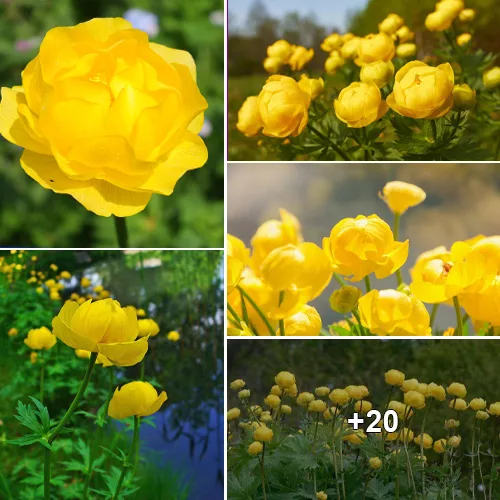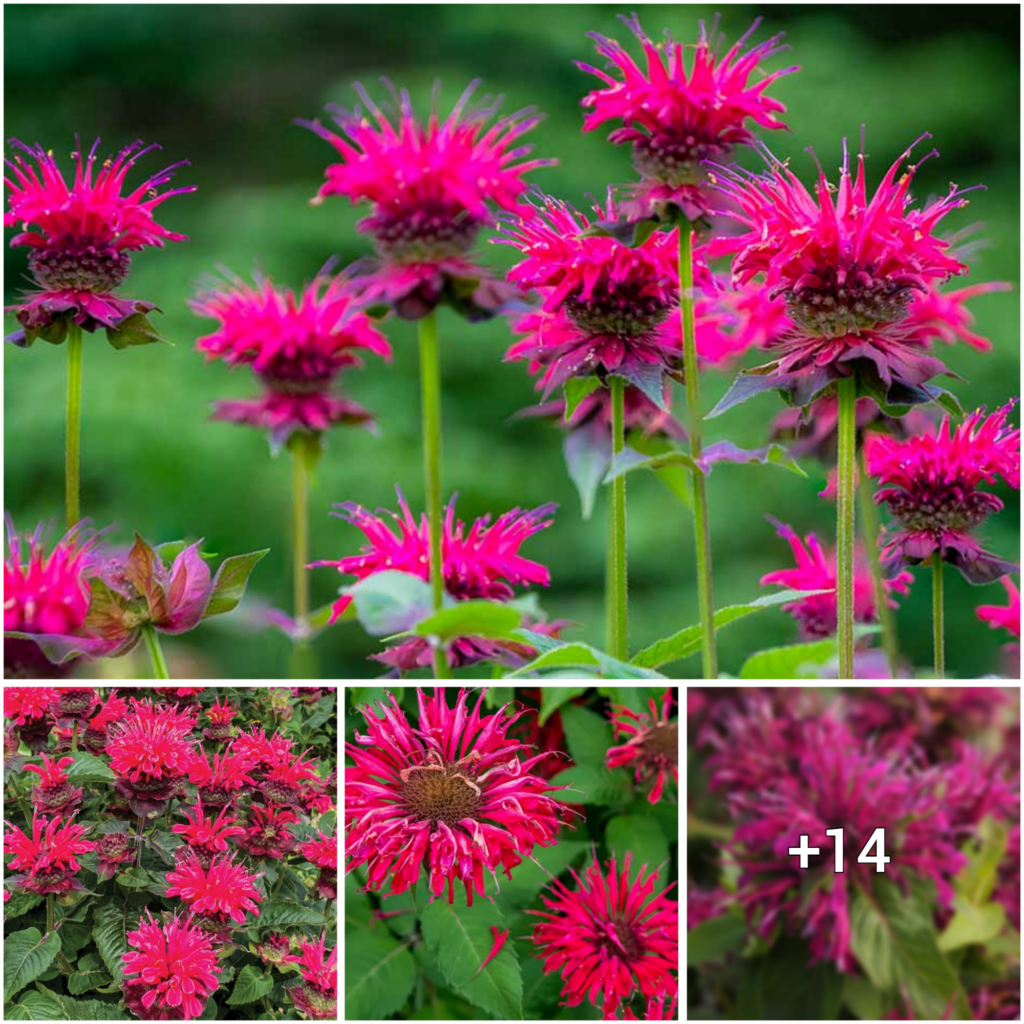Are you looking to add some sunshine to your garden? Sunflowers are a great choice! Follow these tips to grow sunflowers that will bring joy to your day.
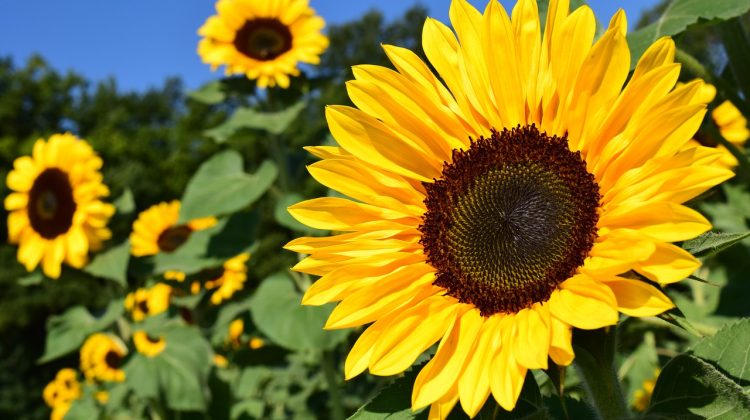
Adding sunflowers to your garden or landscape can enhance its beauty. These vibrant flowers can reach up to 12 feet tall and brighten up any area with their cheery colors. Growing sunflowers is a relatively easy task that can be accomplished by gardeners of any skill level. To start, it’s crucial to understand when and how to plant them. Since sunflowers require an ample amount of sunlight, it’s best to choose a sunny spot in your garden. You can choose to sow the sunflower seeds directly into the soil or begin the process indoors. The next step is to follow our guide, where we take you through everything from planting the seeds to caring for the plants as they grow. This article caters to both experienced and new gardeners and provides useful tips to ensure that your sunflowers thrive. So, let’s begin! We will cover the following topics in this article:
1. Selecting the Right Type of Sunflower.

Exploring the Different Varieties of Sunflowers and Their Unique Characteristics
Sunflowers are a diverse and fascinating plant with different varieties that possess their own unique features. These are some of the most common types of sunflowers with their distinctive characteristics:
Single Stem Sunflowers – These are the classic sunflowers with a tall stem and one large flower head.
Branching Sunflowers – These sunflowers have multiple smaller flowers on several stems branching out from the main stem.
Pollenless Sunflowers – These varieties are perfect for indoor arrangements as they do not produce pollen that can cause allergies.
Dwarf Sunflowers – These sunflowers are great for small gardens or pots as they grow up to 2 feet tall.
Tall Sunflowers – These can reach up to 12 feet in height and create a breathtaking backdrop in your garden.
Factors to Consider When Selecting a Sunflower Variety
When selecting a sunflower variety, many factors come into play, including:
Size – Choose a variety that fits the available space.
Color – Select a color that complements your garden or home decor.
Blooming Time – If you want continuous blooms, choose a variety that flowers throughout the summer or stagger your planting.
Seed Production – If you plan to harvest seeds, pick a variety that produces large, plump ones.
Disease Resistance – Some sunflower varieties are more resistant to diseases, so select those if you want to minimize the risk of plant diseases.
By weighing these factors, you can choose the right type of sunflower for your garden and enjoy their stunning beauty all summer long.
2. Preparing Your Soil for Sunflowers
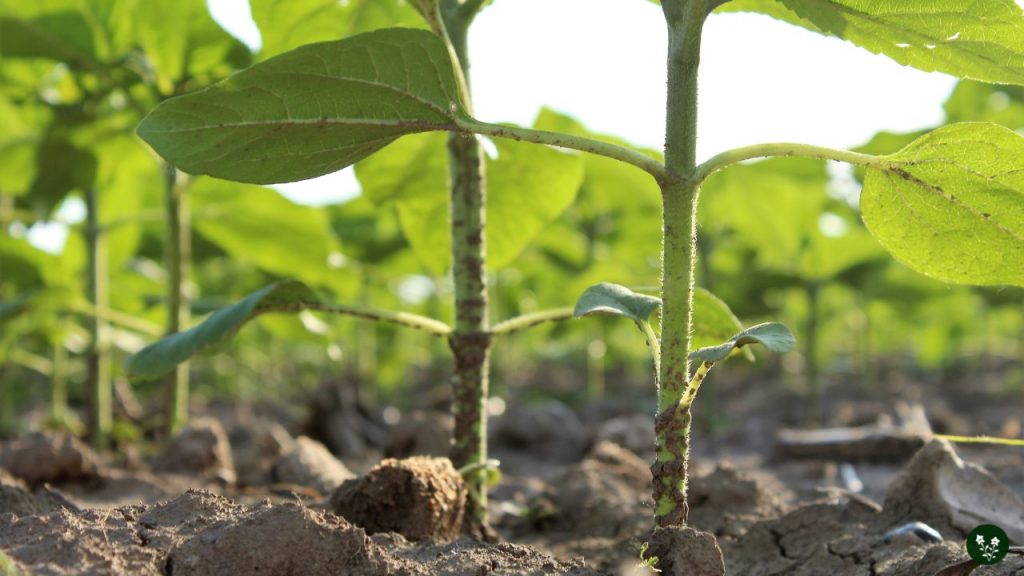
Sunflowers grow best in soil that is well-drained and has a pH level between 6.0 and 7.5. Although they can tolerate various soil types, sunflowers thrive in loose, loamy soil that is enriched with organic matter. They require at least six hours of direct sunlight per day, so it’s important to choose an ideal planting location.
One of the essential steps before planting sunflowers is to test the pH level of your soil. Soil testing kits can be purchased easily from local garden centers, and you can follow the instructions provided in the kit to collect a sample and determine your soil’s pH level. If the pH level is too high or too low, you can adjust it by adding lime to increase the pH or sulfur to decrease it.
Adding organic matter to the soil can significantly improve its texture and fertility, promoting healthier and stronger sunflowers. You can use compost, aged manure, or other organic materials to add organic matter. Spread a thin layer of organic matter over the soil and work it into the top few inches with a garden fork or tiller to enhance soil structure and provide nutrients to the sunflowers.
However, it’s vital to note that adding too much organic matter can negatively impact sunflowers by causing their stems to weaken and droop. Therefore, it’s recommended to add no more than 2-3 inches of organic matter to your soil before planting sunflowers.
To plant the sunflower seeds, create shallow holes about 1-2 inches deep and place each seed in them. Cover the seeds with soil and water them thoroughly. Keep the soil moist but not waterlogged and wait for the sunflowers to sprout. With these ideal soil conditions, your sunflowers will grow tall and strong, making for a beautiful addition to any garden.
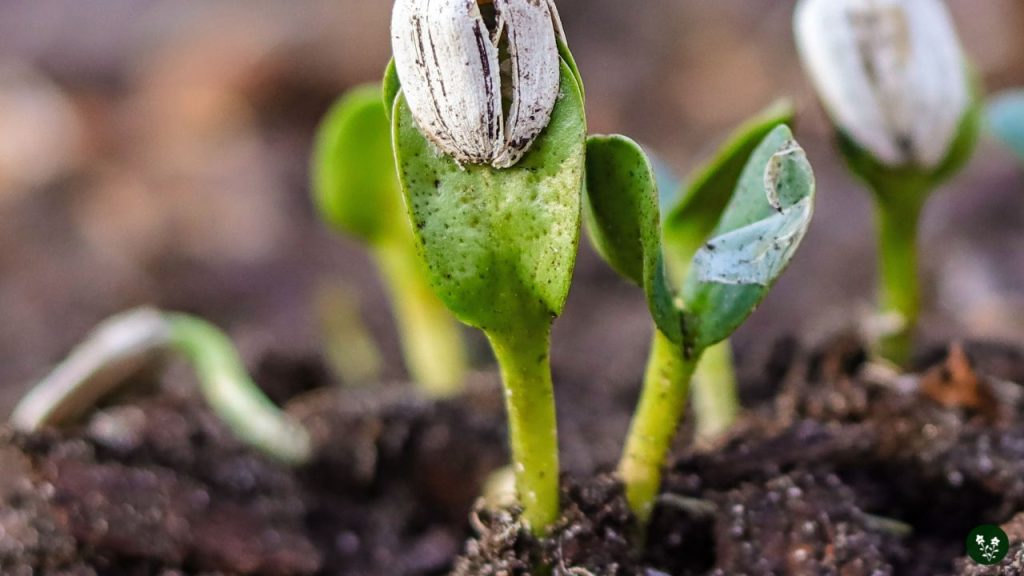
Knowing when and how to plant sunflower seeds is important for a successful harvest. To get started, it’s best to plant them in late spring or early summer when the soil has warmed up. If you live in a mild climate, you can also plant them in the fall around September. Planting sunflower seeds is easy as long as you follow these simple steps. First, choose a location with full sun exposure and prepare the soil by removing any debris. Then, plant the seeds about 1 to 1 1/2 inches deep and 6 inches apart. Water immediately after planting and keep the soil moist until the seedlings emerge. Once they reach 2-3 inches tall, thin the seedlings to one plant every 2 feet. When it comes to spacing, smaller varieties can be planted closer together, while larger ones require more space. Dwarf sunflowers need 6-12 inches of space, medium-sized sunflowers need 12-24 inches, and giant sunflowers need 24-36 inches. By following these simple steps and guidelines, your sunflowers will have enough space to grow and thrive.

Maintaining healthy sunflowers requires proper care and attention. One crucial aspect is watering, especially during hot and dry conditions. To prevent overwatering and root rot, water deeply once a week, giving the plants about an inch of water each time. Before watering, check the soil’s moisture level by sticking your finger about an inch into the soil. If it feels dry, it’s time to water.
Fertilization is also essential but not too heavy as sunflowers are not heavy feeders. A balanced fertilizer such as a 10-10-10 or 5-10-5 formula can be applied occasionally when the plants reach six inches in height. Follow the instructions on the fertilizer package to avoid over-fertilizing that may damage the plant.
Tall sunflower varieties may require staking to prevent them from falling during strong winds or heavy rain. Use soft plant ties or twine to gently tie the stem to a sturdy bamboo stake. Avoid tying too tightly as it could harm the plant. Alternatively, planting sunflowers near a fence or wall can serve as natural support.
Deadheading, which involves removing spent flowers, encourages sunflowers to produce more blooms. Cut off fading flowers immediately using sharp pruning shears or scissors just above the first set of leaves. This practice also prevents the plant from exhausting its energy on producing seeds.
Finally, keeping an eye out for common sunflower problems such as pests and diseases is essential for maintaining healthy plants. Regularly inspect the foliage and blooms for any signs of issues and take prompt action to manage them.
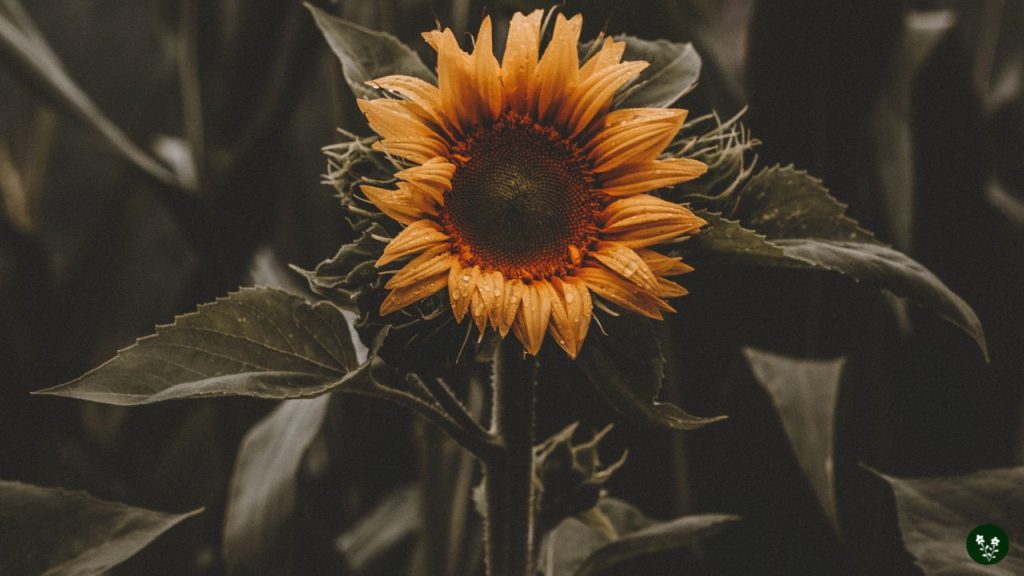
Possible paraphrased content:
Common Pests and Diseases that Threaten Sunflowers
Sunflowers are not immune to pest attacks and diseases that can harm their leaves, stems, and blossoms. Some of the usual culprits are aphids, caterpillars, spider mites, downy mildew, powdery mildew, and rust. These can weaken or kill the sunflower plant if left unchecked.
Tips for Controlling Pests and Diseases in Sunflowers
To minimize or eliminate pest problems, you can resort to using insecticidal soap, neem oil, or beneficial insects like ladybugs and lacewings that feed on pests. For preventing diseases, ensure that your sunflowers have good air circulation, enough space between them, and apply fungicides only when necessary.
Best Practices for Nurturing Healthy Sunflowers
To sustain robust sunflowers, provide them with sufficient nutrients from organic sources like compost and manure, and water them regularly but not excessively. You may also prune or remove affected parts of the sunflowers to prevent the spread of pests or diseases. Always follow the recommended dosage and safety precautions when applying any products.
Harvesting Your Sunflowers
When your sunflowers reach maturity, which can take around 80-120 days depending on the variety, you can harvest them for their seeds. Wait until the back of the sunflower head turns yellow or brown, and the seeds start to loosen. Cut the stem about 4-6 inches below the head, and hang it upside down in a dry and airy place. Once the seeds are fully dry and easy to remove, store them in a cool and dark container. You can enjoy roasted or raw sunflower seeds as a snack or use them for cooking and baking.
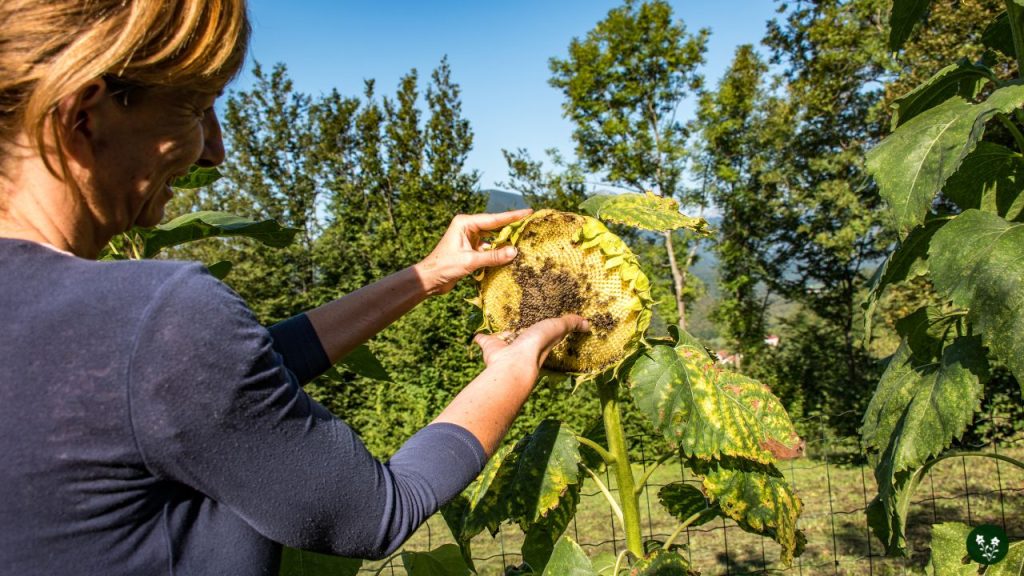
Knowing when sunflowers are ready to be harvested is crucial for gardeners. It’s best to harvest sunflowers when their petals dry up and fall off, and the green base of the head turns yellow and later brown. The seeds will also turn brown and black, and the back of the head will become dry. Make sure that the seeds are firm and plump and not shriveled or soft. To harvest sunflowers, cut the stalk with sharp scissors or pruners about a foot from the flower head, and place it in a container that can catch any loose seeds. After shaking the head gently to remove any remaining seeds, label the flowers with the date of harvest to keep track of their freshness. You can either discard the rest of the plant or use it for compost. Store sunflower seeds in a cool and dry place in an airtight container. You can leave the seeds in the shell if you plan to use them for bird feed or remove the shell before storing them. Harvesting sunflowers can be a fun and rewarding experience, and by following these tips, you can enjoy their beauty and nutritional benefits for months to come. Remember to water your sunflowers regularly and fertilize them as needed to promote healthy growth. Happy gardening!


